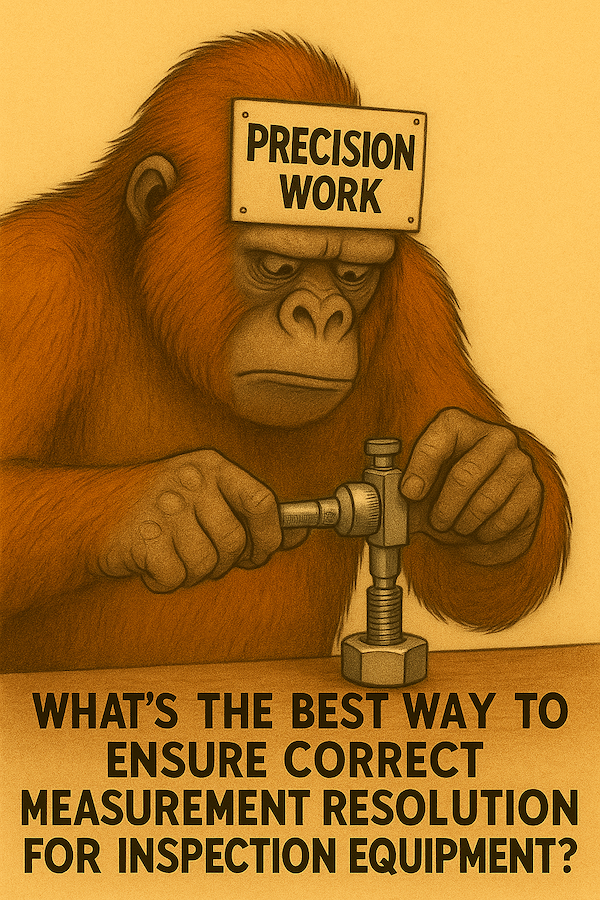Every quality technician has faced that moment of doubt — is this instrument really precise enough for the job?
Understanding measurement resolution is one of the most essential parts of professional metrology. It defines how fine a change your equipment can detect, and it directly impacts the credibility of your measurements.

Step 1: Know What Resolution Really Means
Resolution is the smallest change an instrument can display or detect.
It’s not accuracy, and it’s not repeatability. Instead, it’s the smallest measurable increment your device recognizes. A digital micrometer with a 0.001 mm resolution can detect differences of one micron — but that doesn’t mean it’s accurate to that level without proper calibration.
Step 2: Apply the 10:1 Rule
In metrology, the 10:1 rule is golden: your measurement system’s resolution should be at least ten times finer than the tolerance of the feature being inspected.
For example, if the part tolerance is ±0.1 mm, your equipment should read at 0.01 mm or finer. This ensures the tool’s noise or rounding doesn’t distort your results.
Step 3: Match the Tool to the Task
Not all parts demand the same precision.
Use calipers for general inspections, micrometers for tighter fits, and CMMs or optical systems for complex geometries. The goal is to balance efficiency with capability — using the right tool, not necessarily the most advanced one.
Step 4: Keep Calibration and Environment in Check
Even the finest instruments lose reliability if calibration slips.
Ensure regular traceable calibration to international standards, and control environmental factors like temperature and vibration.
A change of just 1°C can alter a steel part’s dimension by several microns!
Step 5: Train for Awareness
Operators should know what resolution means — and what it doesn’t. Misreading a display or trusting uncalibrated tools can ruin otherwise good data.
Final Takeaway
Correct measurement resolution isn’t about perfection; it’s about fitness for purpose.
When you choose the right tool, keep it calibrated, and understand its limits, you turn numbers into knowledge — and confidence into quality.

Comments